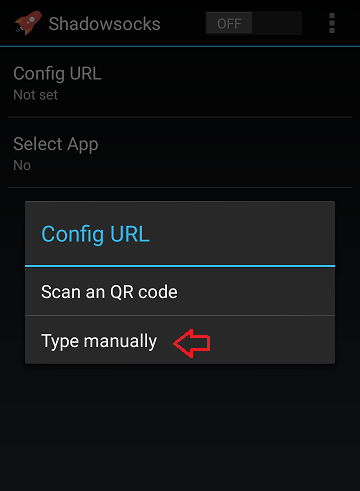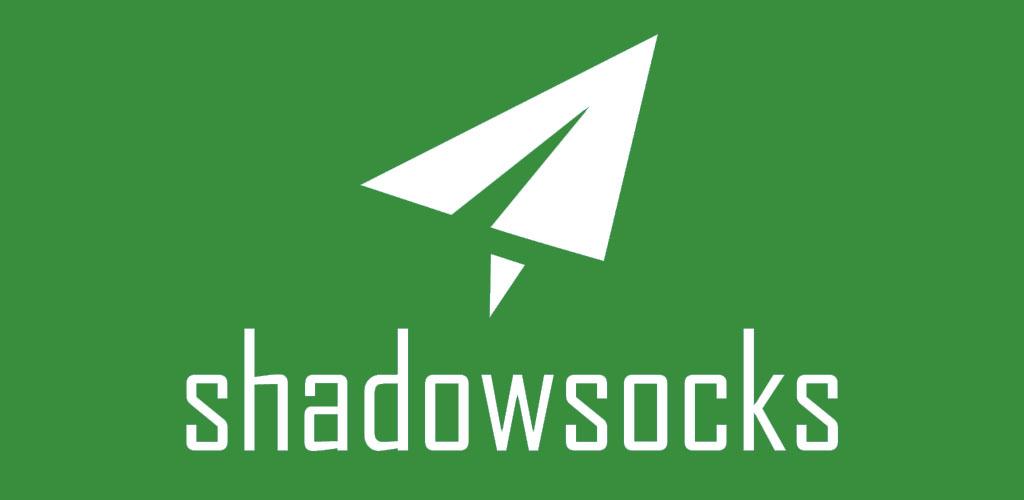

- #Shadowsocks client app install
- #Shadowsocks client app manual
- #Shadowsocks client app full
- #Shadowsocks client app for android
Shadowsocks-libev is available in the official repository for Debian 9("Stretch"), unstable, Ubuntu 16.10 and later derivatives: sudo apt updateįor Debian Jessie users, please install it from jessie-backports: sudo sh -c 'printf "deb jessie-backports This port is maintained by Debian/Ubuntu: It's a pure C implementation and has a very small footprint (several megabytes) for thousands of connections.
#Shadowsocks client app full
Shadowsocks-libev is a lightweight and full featured port for embedded devices and low end boxes. Outline-ss-server is licensed under the Apache License, Version 2.0.
Prohibits unsafe access to localhost ports and usage of non-AEAD ciphersĭownload pre-built binaries from the GitHub releases or build it from source: go get /Jigsaw-code/outline-ss-server. Live updates via config change + SIGHUP.  Whitebox monitoring of the service using prometheus.io. Multiple users on a single port and multiple ports. Outline-ss-server is the shadowsocks implementation used by the Outline Server, but it can be used standalone. Go-shadowsocks2 is licensed under the Apache License, Version 2.0. $ go get -u -v /shadowsocks/go-shadowsocks2 Go-shadowsocks2 is the next-generation Shadowsocks in Go, maintained by superseds the discontinued shadowsocks-go. Shadowsocks-python is licensed under the Apache License, Version 2.0. Then install from PIP $ pip install shadowsocks GitHubĬheckout the source codes and run the scripts directly. PyPIįirst, make sure you have Python 2.6 or 2.7. Note that it will only show the OpenVPN exit server, not the Shadowsocks server.Shadowsocks-python is the initial version written by It aims to provide a simple-to-use and easy-to-deploy implementation with basic features of shadowsocks. Test your connection with our Connection check. Both apps should show as being connected. Username – use your Mullvad account number (without any spaces) The first time you connect to a profile, you will be asked for a username and password: In the OpenVPN app, connect to the server you just finished editing by tapping on the name (not the edit icon) of the profile. In the Shadowsocks app, select your new configuration and then tap on the connect icon (a paper airplane). Scroll down the list and enable Shadowsocks. Make sure that VPN is used for all apps but exclude selected is enabled. Swipe the top menu until you see ALLOWED APPS. In the top menu, tap on ADVANCED, CUSTOM OPTIONS. Tap on the edit icon next to the profile you want to use as your exit location. Tap on the + icon and tap on import and then select the OpenVPN configuration file that you downloaded in step #2.
Whitebox monitoring of the service using prometheus.io. Multiple users on a single port and multiple ports. Outline-ss-server is the shadowsocks implementation used by the Outline Server, but it can be used standalone. Go-shadowsocks2 is licensed under the Apache License, Version 2.0. $ go get -u -v /shadowsocks/go-shadowsocks2 Go-shadowsocks2 is the next-generation Shadowsocks in Go, maintained by superseds the discontinued shadowsocks-go. Shadowsocks-python is licensed under the Apache License, Version 2.0. Then install from PIP $ pip install shadowsocks GitHubĬheckout the source codes and run the scripts directly. PyPIįirst, make sure you have Python 2.6 or 2.7. Note that it will only show the OpenVPN exit server, not the Shadowsocks server.Shadowsocks-python is the initial version written by It aims to provide a simple-to-use and easy-to-deploy implementation with basic features of shadowsocks. Test your connection with our Connection check. Both apps should show as being connected. Username – use your Mullvad account number (without any spaces) The first time you connect to a profile, you will be asked for a username and password: In the OpenVPN app, connect to the server you just finished editing by tapping on the name (not the edit icon) of the profile. In the Shadowsocks app, select your new configuration and then tap on the connect icon (a paper airplane). Scroll down the list and enable Shadowsocks. Make sure that VPN is used for all apps but exclude selected is enabled. Swipe the top menu until you see ALLOWED APPS. In the top menu, tap on ADVANCED, CUSTOM OPTIONS. Tap on the edit icon next to the profile you want to use as your exit location. Tap on the + icon and tap on import and then select the OpenVPN configuration file that you downloaded in step #2. #Shadowsocks client app for android
Download OpenVPN configuration file for Android from our website and make sure Connect via bridges is checked. Tap on the checkmark icon to save your settings.  Tap on Encrypt Method, select CHACHA20, and click OK. Tap on Password, change the entry to " 23#dfsbbb", and click OK.
Tap on Encrypt Method, select CHACHA20, and click OK. Tap on Password, change the entry to " 23#dfsbbb", and click OK.  Tap on Remote Port, change the number to " 443", and click OK. To get the IP address you can ping the hostname, for example ping. Tap on Server, change the number to the IP address of one of our bridge servers (uncheck OpenVPN and WireGuard on the Servers page), and click OK.
Tap on Remote Port, change the number to " 443", and click OK. To get the IP address you can ping the hostname, for example ping. Tap on Server, change the number to the IP address of one of our bridge servers (uncheck OpenVPN and WireGuard on the Servers page), and click OK. #Shadowsocks client app manual
Tap on the plus icon and select Manual Settings.Tap on Service mode and select Proxy only.From the Play Store on your device, search for and install the Shadowsocks app (from TrueNight) or get the Shadowsocks FOSS app from F-Droid.to have completed our guide on setting up Mullvad on Android before continuing.Please see our Intro to Shadowsocks guide. In this Android guide, we'll walk you through the steps to use this proxy to connect to Mullvad's servers using the OpenVPN client. Unable to surf the entire web because you're stuck behind a restrictive firewall? Then Shadowsocks might be your answer.








 0 kommentar(er)
0 kommentar(er)
